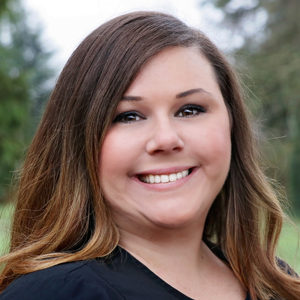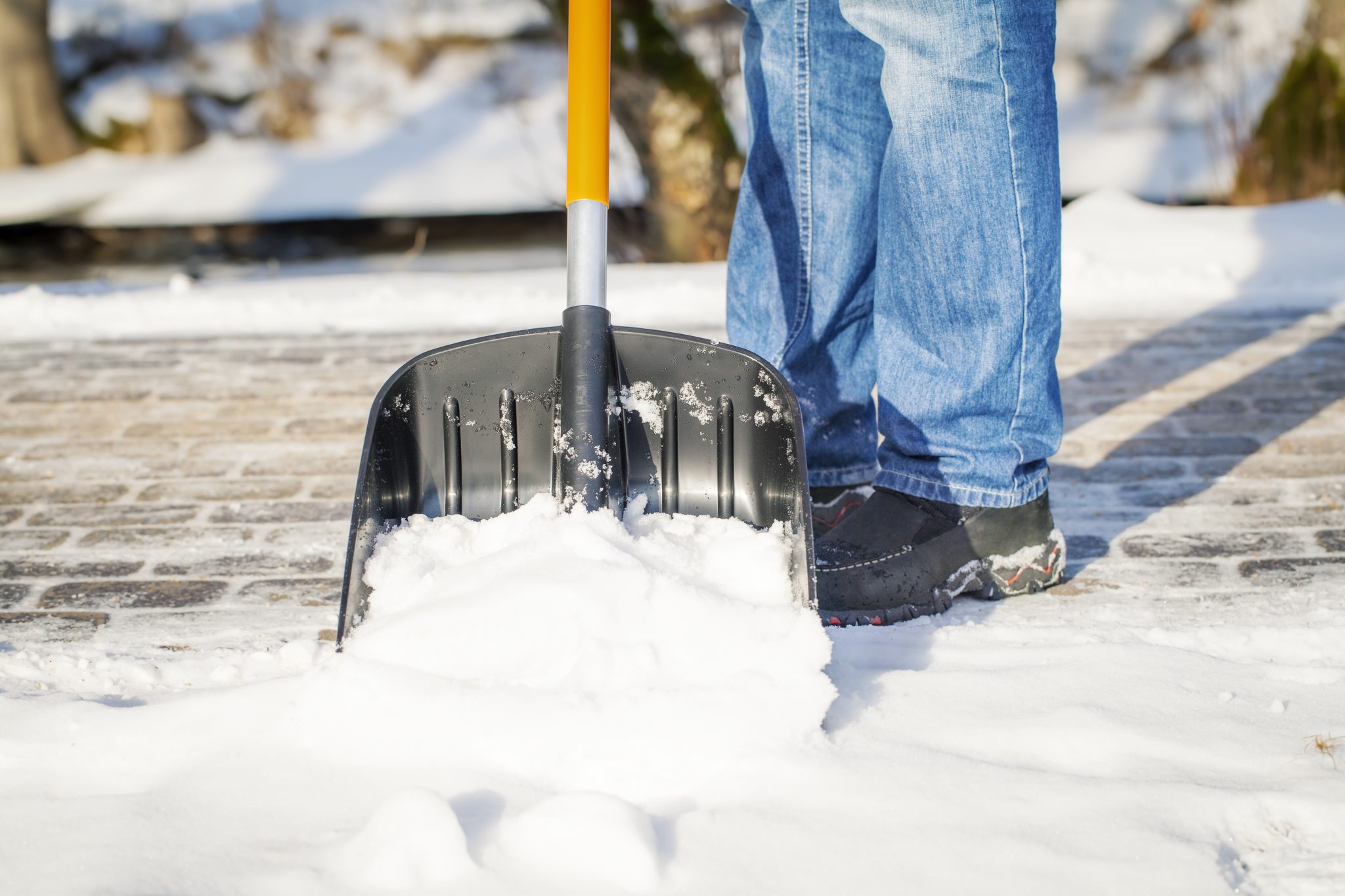
By Stephanie Martin
VP of HOA Operations

Recently my brother-in-law and his fiancé were in the market to purchase their first home. We were having a conversation about prospective homes and the fact that they all have an HOA fee. To say the least, he was not thrilled about the idea of having an additional payment on top of his mortgage. Not to my surprise, he really had no idea what the HOA assessment was covering, which I think is true for many people - especially first-time buyers. I asked him about the community in which he was looking to purchase, specifically about the governing documents, parking, and most importantly, the Reserve Study and Reserve Fund.
One of the many things I’ve learned in HOA management over the years is how valuable a good reserve study is and how important it to have the appropriate reserves funded.
Let’s start at the beginning.
When a community is built and under Declarant control, everything is new and has not hit the 30-year replacement mark to be accounted for in a reserve study. Often times in condos, the annual allocated reserve transfer amount is one of the largest portions of that association’s annual budget. The Declarant oftentimes is not budgeting for that reserve amount, which contributes to keeping the HOA assessments low in the initial years of the HOA. Often owners see a spike in their assessments after their community turns over to the ownership. This is pretty typical; however owners are usually surprised. Once the community’s common elements are built, the clock on their useful life starts ticking and anything that needs to be replaced in the next 30 years will be included in the reserve study with a replacement cost based on current replacement rates plus inflation.
What is a Reserve Study?
A reserve study is essentially a list of items that you need to set aside money for to replace in the future.
If you live in a single family home (not in an HOA) and your roof needs to be replaced, you must pay that expense out of pocket on your own. As a homeowner, that is your responsibility and you personally take the risks by not maintaining or replacing the roof. In this scenario, if it costs $10,000 to replace your roof and your roof lasts 30 years and was installed 20 years ago, you should have 10 years of remaining life if the roof has been properly maintained in accordance with the manufacture’s guidelines. So if you want to start saving for a roof now, you’ll need to save $84 a month for 10 years to replace ir (not accouting for inflation). If you had started saving at the 30-year mark when the roof was new, you would have been saving closer to $28 per month. If you don’t save at all, you’ll have to come up with the $10,000 all at once at the time of replacement.
In an HOA, there are many common elements to account for that at some point will require replacement. In a condo, you could have a roof, siding, streets, lighting, fire systems, HVAC, plumbing - the list goes on and on. The reserve study lists all of those components and gives them a cost, a life span, and often times with annual updates, an updated life span, accounting for inflation. The longevity of those components depends on annual upkeep based on manufacturers standards and the actual materials used in the component. You may have components fail much earlier and not last their entire expected life. You may have components last longer than you expected. You may find that the cost of inflation for materials and services have far exceeded the expected inflation.
What are the risks?
The responsibility for maintaining these common areas is greater for a community association than for an individual homeowner who is not in an HOA. If the non-HOA home becomes unsafe or loses value, it is only the individual owner, family, guest, and residents that are at risk. The liability falls completely on the individual owner. Homeowner associations are responsible for maintaining the common areas for the safety of all the owners, their residents, and guests and ensuring the community preserves its value. The risk and liability are much broader and the responsibility is greater. If the common areas in an HOA are not maintained or if someone is injured due to lack up upkeep, the association is responsible. This means all of the owners/members are responsible and over time, if there are too many claims on the associations insurance, they can become at risk of having incredibly high deductibles or losing their insurance altogether. This can result in special assessments, decreased unit values, and difficulty selling units within the community. Putting off the annual maintenance and reserve maintenance is called deferred maintenance. Boards may choose to hold off on maintenance to save the association money or to prevent increasing assessments. But that is a slippery slope and can end up costing the association much more in the long run. Keeping assessments low by deferring maintenance gives the owners a false sense of what the budget really should be and they are in shock when suddenly the assessments are increased significantly or they are hit with a special assessment.
Leave it to the experts.
In another effort to save the association money, Board Members may try to create their own reserve study or try to determine components and values on their own. Unless the Board Member is a Reserve Study Specialist who works with professionals to determine the components and costs of your common areas, they are not qualified and are putting the Community Association and its members at risk. Hiring professionals to do their job adds a layer of protection to the association if something goes awry, but it’s also what they do – they are the experts and they know they are doing. It’s important to go over the reserve study annually, have the components inspected for remaining life, and plan on their replacement and maintenance by licensed professionals that offer warranties, guarantee their work, and have reliable references (not the Board President’s cousin who does some handyman work on the side). Your association management company should have professionals that they can recommend whom they’ve worked with and have had positive experiences with. These professionals provide your analysts with details about the work, replacements, and assessments that have been performed in the community to obtain the most accurate picture. Relying on professionals may require a little more cost up front, but is worth the investment in the long term.
What are the laws/requirements?
Many states require a reserve study and/or regular updates. For example, ORS 100.175 and ORS 94.595 require associations to conduct or update existing reserve studies annually. For unit sales, associations are required to disclose the reserve balance and if they are not adequately funding the reserve accounts per the reserve study, they must include that information and the reason why it isn't funded. If the reserves are not funded properly, it’s very possible there is a special assessment in the future when a component needs to be replaced, but if the funds are not available, lenders do not want to gamble on an owner not being able to afford their mortgage due to a special assessment. This can make it more difficult for a buyer to be approved for lending and ultimately make it harder for a unit to be sold.
Needless to say, at the end of the conversation with my family, they realized there was so much more to consider that could impact them in their purchase of a house in a homeowners association. They had a better appreciation for and understanding about what their assessments were for, the association’s responsibility, and how having a good reserve study and funded reserves could ultimately impact their personal financial future.



